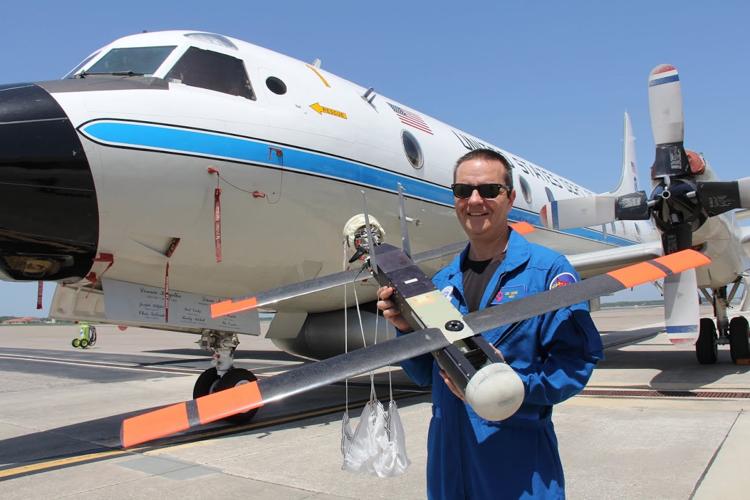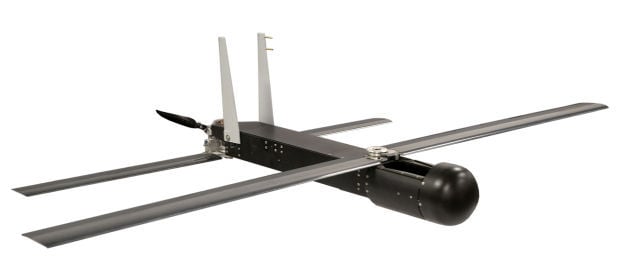Six small, unmanned aircraft made by Tucson-based Raytheon Missile Systems were flown into Hurricane Maria by the National Oceanic and Atmospheric Administration last week to gather critical data.
The 3-foot long Coyote drones were launched from a NOAA WP-3D Orion “Hurricane Hunter” aircraft, then flew directly into the storm, giving researchers an unprecedented view of Maria from a safe distance.
Developed for the military, the Coyote is an expendable UAV that can be air- or ground-launched and can fly for more than an hour and up to 50 miles from its host aircraft. Each Coyote costs about $20,000.
Navigating Maria’s winds of more than 100 mph, the electric-powered Coyotes gathered and transmitted storm information directly to the National Hurricane Center in Miami, before ditching into the ocean.
The Coyotes, which were tested for the first time during Hurricane Eduardo in 2014, are flown at low altitude to take weather readings close to the ocean. The agency also uses Gulfstream IV jets and large Global Hawk drones to observe storms from high altitudes.
“NOAA is investing in these unmanned aircraft and other technologies to increase weather observations designed to improve the accuracy of our hurricane forecasts,” Joe Cione, NOAA hurricane researcher and chief scientist for the Coyote program, said in a Raytheon news release. “The Coyotes collected critical, continuous observations in the lower part of the hurricane, an area impossible to reach with manned aircraft.”
Originally developed in the 1990s by Tucson-based Advanced Ceramics Research under a Navy research program, the Coyote is under development by the U.S. military as an expendable surveillance platform that can be released in “swarms.” Raytheon also makes a larger drone, the Silver Fox, for battlefield reconnaissance.
BAE Systems acquired Advanced Ceramics Research in 2009 and spun it off in 2014; Raytheon acquired the company in 2015.





